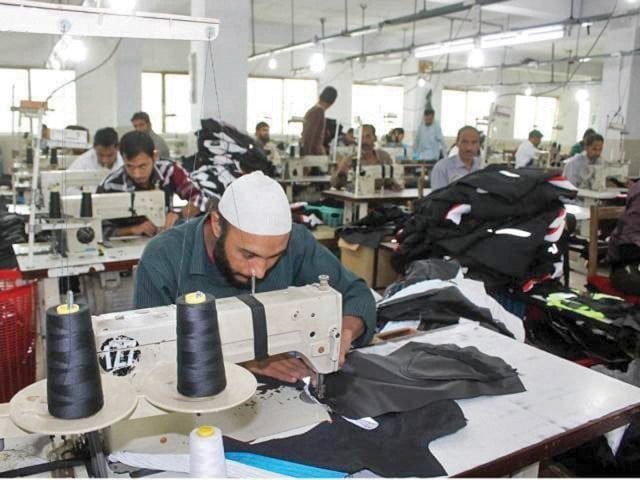
The textile sector of Pakistan lacks innovation as a majority of small and medium-scale players cannot afford the investment needed to upgrade technology in their business units.
“Export-oriented textile mills direly need innovation primarily to attract international buyers in the face of tough competition,” concluded a survey conducted by the Innovation and Technology Centre, Lahore School of Economics. It revealed that the export-oriented firms ranked higher with respect to innovation compared to the non-exporting firms.
The survey was conducted to observe the growth trends in innovation and technology up-gradation in the exporting and non-exporting businesses belonging to the textile and readymade garment segment in Lahore. The purpose of the poll was to know about the extent, quality and impact of innovation on the performance and profitability of businesses.
The respondents comprised 125 firms which were involved in the manufacturing of readymade garments and other textile goods. Out of them, 87 businesses exported their merchandise while 38 were nonexporting ones. Among the export-oriented firms, 40% shipped all of their output to foreign countries with a majority of them exporting to Europe.
The survey found that the size of a majority of exporting firms was large and most of them had innovated in some way or the other such as purchase of new machinery or equipment. On the other hand, a huge chunk of non-exporting firms were small-sized businesses. When the survey respondents were asked if they were planning to innovate over the next 12 months, a majority of exporting enterprises reported that they were planning to upgrade the technology while most of the non-exporting firms had no plans to innovate in the given time frame.
It found that a large number of exporting businesses had upgraded the technology recently (within the last one to five years) while a large proportion of nonexporting enterprises innovated five to 10 years ago. In addition, the data revealed that a substantial percentage of exporting firms had purchased their last four innovations from abroad. A large number of firms, involved in shipping their output abroad, stated that the major source of funding for technological upgrade was their own internal resources (equity) and loans from banks and financial institutions.
On the flip side, the firms that sell their products in the local market stated that they funded the technological upgrade through internal resources (equity funds) only. The data also revealed that a large number of both exporting and non-exporting firms innovated in the areas of production and marketing. When asked about the impact of various types of innovations on firms’ profits, a large number of businesses belonging to both categories reported that innovation in products resulted in higher profits and it was followed by innovation in technology and equipment.
“Incentives to innovate are particularly important for firms,” the report said. When asked about the factor contributing to technological upgrade in the industry, a huge proportion of firms in both categories reported that the pressure to improve quality was one of the most significant drivers of innovation. Talking about results of technological upgrade, most of the export-oriented firms reported an increase in their revenue, drop in the cost of production and improvement in the quality of products.
Most of the exporting and non-exporting firms agreed that they did not have to retrain their employees or face resistance from the employees as a result of innovation. Moreover, the firms from both categories admitted that there was no need to reduce their prices as a result of innovation. The two greatest barriers faced by both the exporting and non-exporting businesses while trying to innovate were lack of financing and scarcity of innovation opportunities.
“Thus, it can be concluded that more incentives for innovation can be given by providing more sources of funding for the innovating firms in the form of aid from the government and with the assistance of financial institutions,” the survey added.


1730959638-0/trump-(19)1730959638-0-165x106.webp)















COMMENTS
Comments are moderated and generally will be posted if they are on-topic and not abusive.
For more information, please see our Comments FAQ